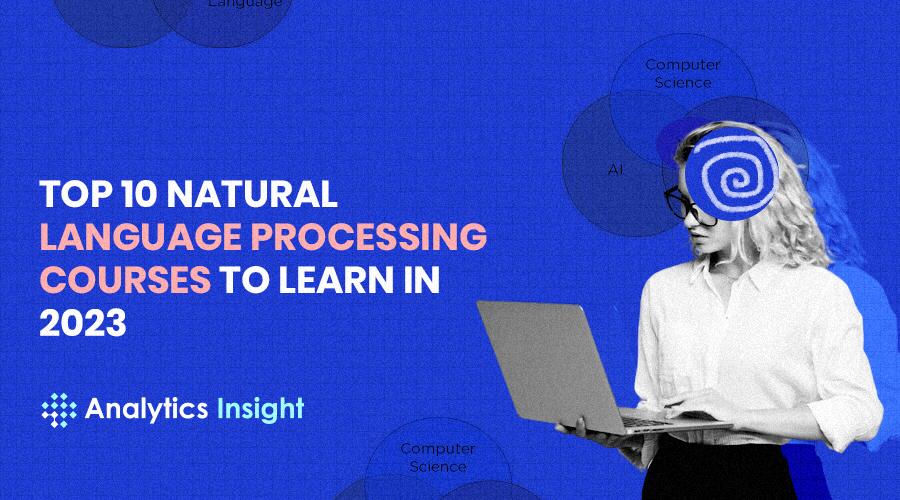Introduction
The rapid advancement of large language models (LLMs) has revolutionized the field of natural language processing (NLP) and artificial intelligence (AI), leading to human-like text understanding and generation. This progress has resulted in numerous applications such as chatbots, content generation, and translation services. However, LLMs also present various challenges and risks, including security, safety, data protection, bias, and privacy concerns. This article explores these potential issues and proposes possible solutions to address them.
Security Vulnerabilities
LLMs are generally trained on enormous amounts of text data, which may contain sensitive and confidential information. This raises concerns about the possible exposure of private data and the misuse of these models for malicious purposes, such as generating phishing emails or spreading disinformation. Furthermore, LLMs are both intricate and computationally intensive, making them vulnerable to adversarial attacks where an attacker introduces subtle alterations to input data, causing the model to produce incorrect or harmful outputs while appearing benign.
To mitigate these vulnerabilities, it is essential to implement robust security measures that protect LLMs from potential threats, such as deliberate disinformation injection or other intentional sabotage, and ensure their secure deployment.
Safety Concerns
Ensuring the safety of LLMs is critical, as their outputs can have real-world consequences. There have already been instances of AI-generated content spreading misinformation, offensive material, or harmful instructions. Addressing the safety of LLMs involves tackling factors such as:
- Harmful content generation: Developers should establish guidelines and filters to prevent the creation of inappropriate or harmful content. This may involve using techniques like reinforcement learning from human feedback or incorporating safety constraints within the model architecture.
- Unintended consequences: LLMs can produce outputs that are not only harmful but also unforeseen by their creators. It is crucial to monitor and evaluate these models’ behavior to understand potential risks and implement suitable safeguards.
Data Protection and Privacy
Training LLMs necessitates massive amounts of data, which may include personal, sensitive, or copyrighted information, leading to data protection and privacy concerns. Some potential issues to address include:
- Inadvertent data leakage: LLMs may unintentionally memorize and reveal information about the individuals or sources present in their training data. To minimize this risk, developers should employ techniques like data anonymization or differential privacy.
- Copyright infringement: Training LLMs with copyrighted material without proper permissions may result in legal disputes. Developers must ensure they have acquired the necessary rights and permissions to use data in their models.
- Compliance with data protection regulations: It is essential to adhere to data protection laws, such as the General Data Protection Regulation (GDPR), when collecting, using, and storing personal data.
Bias and Fairness
LLMs learn from text data, which may contain societal biases and stereotypes. As a result, these models can inadvertently reinforce and perpetuate harmful biases in their outputs. Addressing bias and fairness in LLMs involves:
- De-biasing training data: Developers should strive to curate diverse and balanced datasets to minimize biased representations in the data.
- Fairness-aware machine learning: Implementing algorithms and techniques that explicitly consider fairness can help reduce disparities in model performance across different demographic groups.
- Continuous monitoring and evaluation: It is vital for developers to monitor their models’ behavior to identify and mitigate any unintended biases that may emerge during deployment.
Privacy-preserving Techniques
Given the risks associated with LLMs, it is essential to develop privacy-preserving techniques that protect sensitive information without sacrificing the models’ utility. Some promising techniques include:
- Federated learning: This approach enables models to train across multiple decentralized devices without sharing raw data, ensuring that sensitive data remains on the user’s device and is not exposed during the training process.
- Homomorphic encryption: This cryptographic technique allows computations to be performed on encrypted data without requiring decryption, thereby protecting sensitive data during LLMs’ training and inference processes.
Conclusion
While LLMs hold immense potential for advancing the fields of NLP and AI, they also present significant challenges and vulnerabilities that must be addressed to ensure their safe and responsible deployment. By concentrating on security, safety, data protection, bias, and privacy, developers can work towards mitigating potential risks and creating more trustworthy and reliable LLMs.



![Python Decorators Unleashed [eBook]](https://datasciencehorizons.com/wp-content/uploads/2023/10/python_decorators_unleashed_ebook_header-150x150.webp)







